NASA's Hubble Space Telescope just captured a glittering space neighbour
NASA's Hubble Space Telescope is famous for capturing some of the most mysterious space images ever.
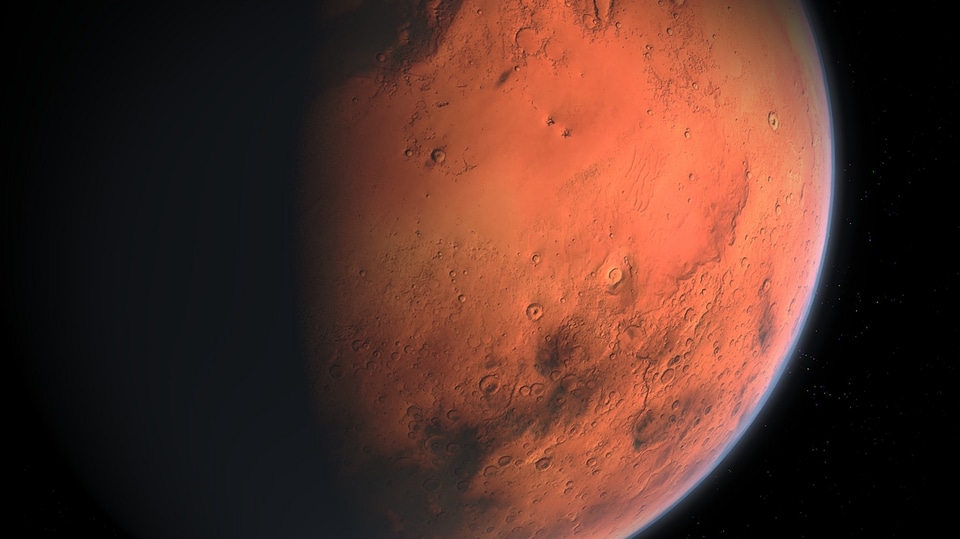
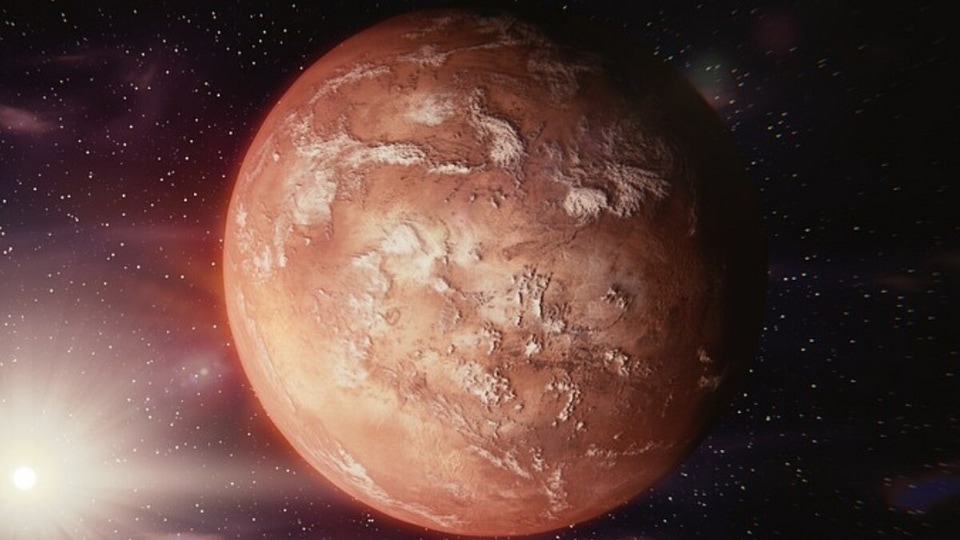
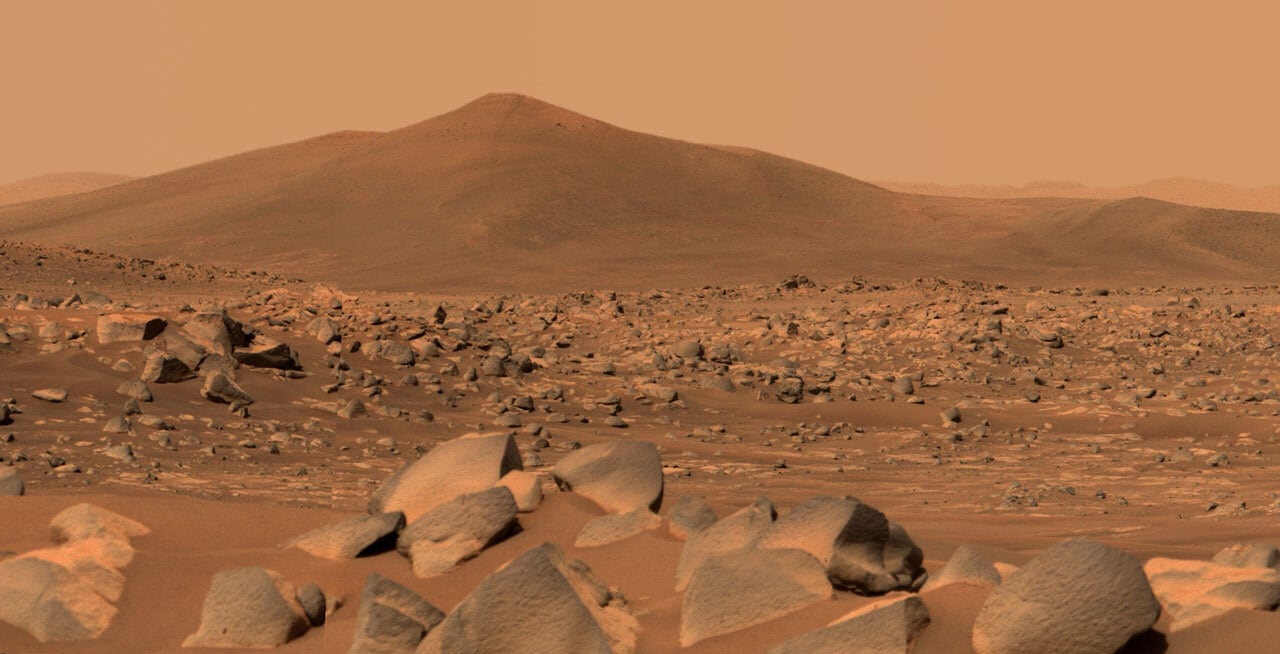

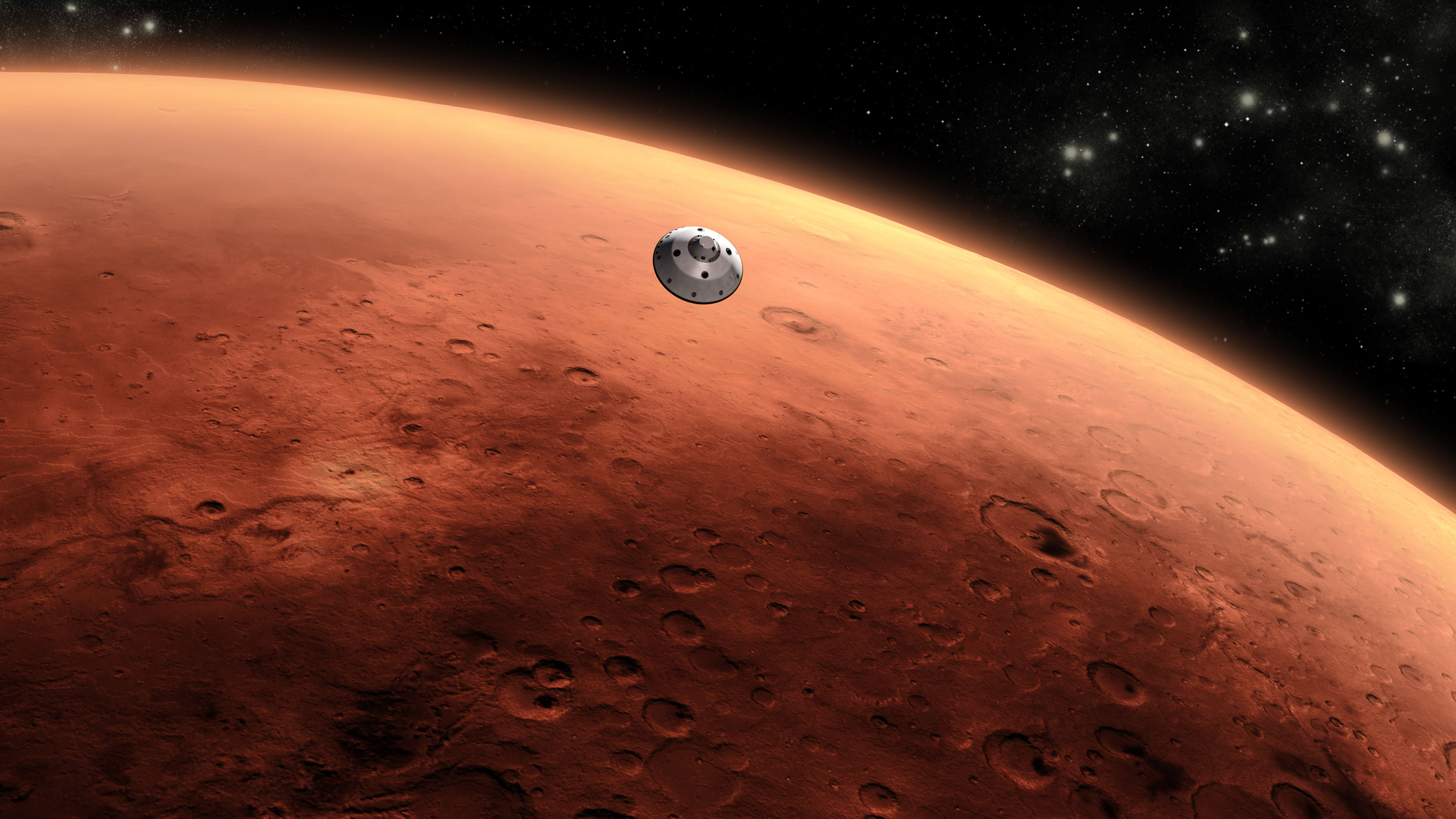
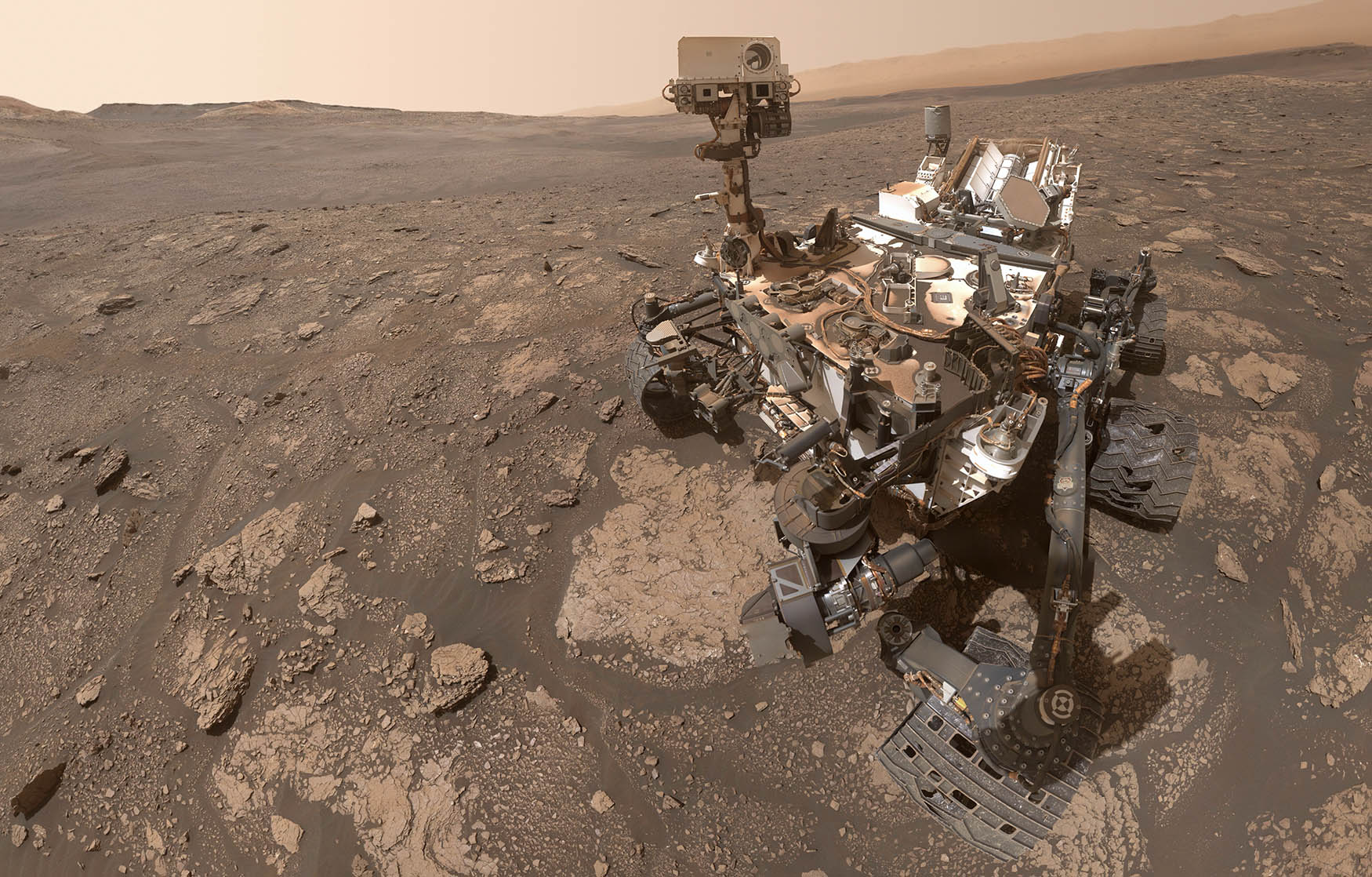
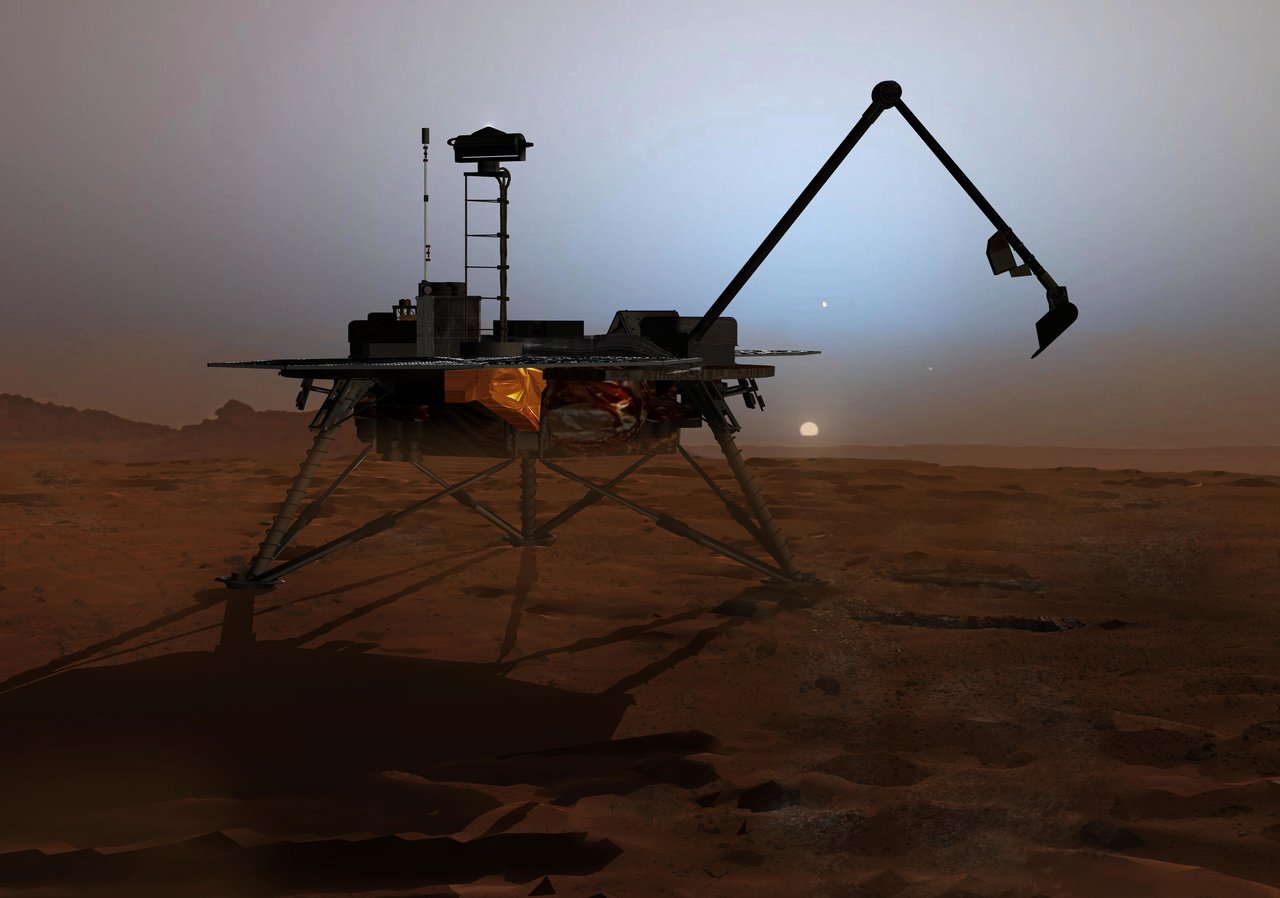
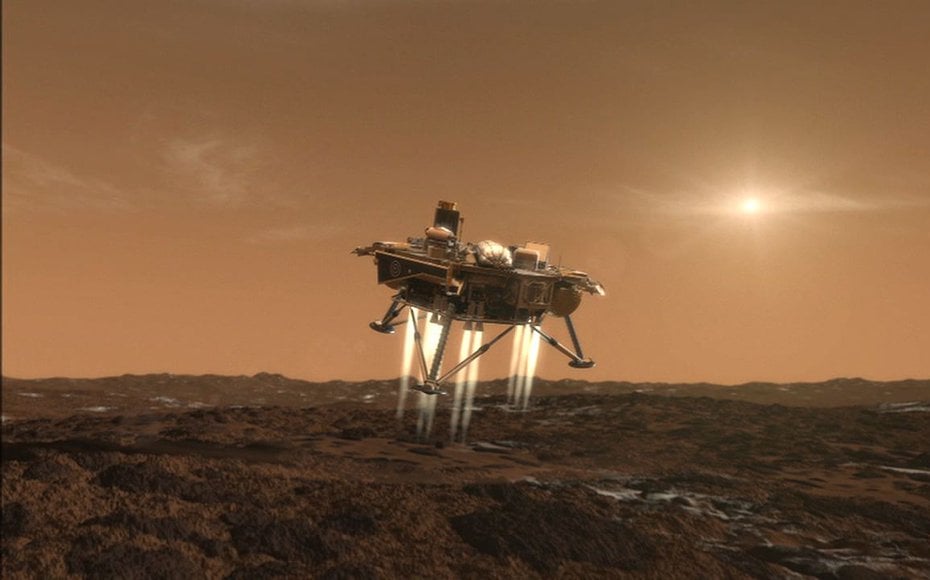
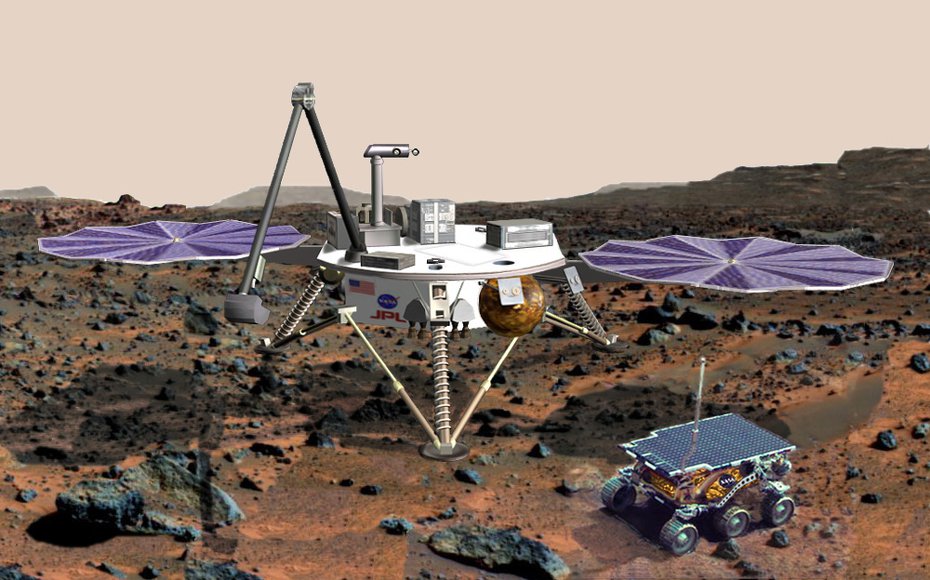

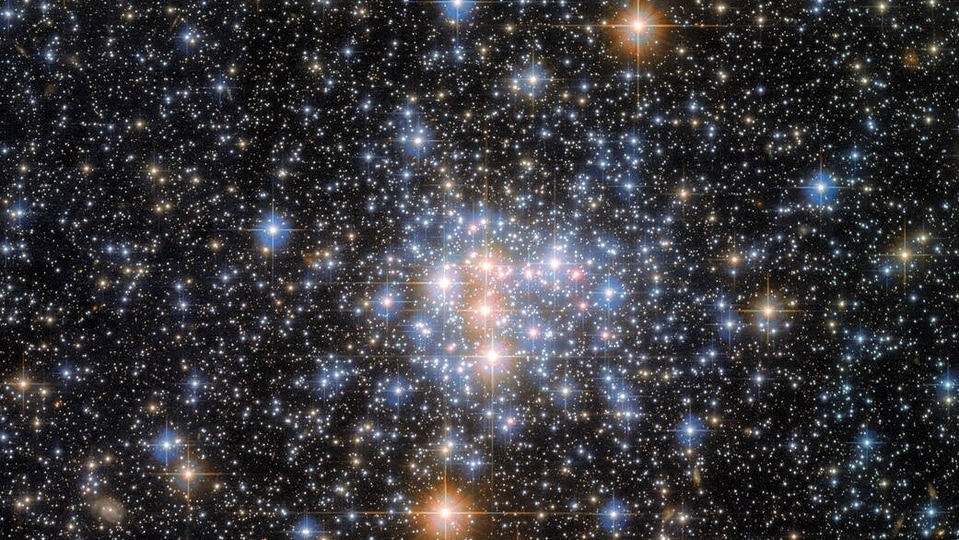
 View all Images
View all ImagesNASA's Hubble Space Telescope is famous for capturing some of the most mysterious space images ever. These images are informative and help scientists in making new discoveries. Hubble Telescope is working even after the deployment of the new James Webb Space Telescope. It should have been retired by now, but Hubble Telescope keeps making new space discoveries and that makes it an extremely valuable asset.
NASA's old Hubble telescope recently captured a glittering neighbour; the image looks beautiful but the main attraction is about the information and mystery it has provided to scientists to solve. Hubble captured a glittering neighbour, which is a small part of the Small Magellanic Cloud (SMC).
The Small Magellanic Cloud (SMC) is a dwarf galaxy and one of the Milky Way's nearest neighbours, lying only about 200,000 light-years from Earth. SMC makes a pair with the Large Magellanic Cloud, and both objects are best seen from the Southern Hemisphere, while some parts of it are also visible from northern latitudes as.
The Small Magellanic Cloud (SMC) contains hundreds of millions of stars but the focus of the Hubble image is only on a small fraction of them. These stars comprise the open cluster NGC 376, which has a total mass of only about 3,400 times that of the Sun.
The Open Cluster is loosely bound and sparsely populated just the same as its name suggests. This distinguishes open clusters from globular clusters, which generally appear as a continuous blur of starlight at their centers because they are so crammed with stars.
In NGC 376, the individual stars are clearly discernible despite being in the most densely populated parts of this image.
The interpretation of the image of SMC captured by Hubble comes from two different astronomical investigations, which relied on two of Hubble's instruments: the Wide Field Camera 3 (WFC3) and the Advanced Camera for Surveys (ACS).
Catch all the Latest Tech News, Mobile News, Laptop News, Gaming news, Wearables News , How To News, also keep up with us on Whatsapp channel,Twitter, Facebook, Google News, and Instagram. For our latest videos, subscribe to our YouTube channel.































